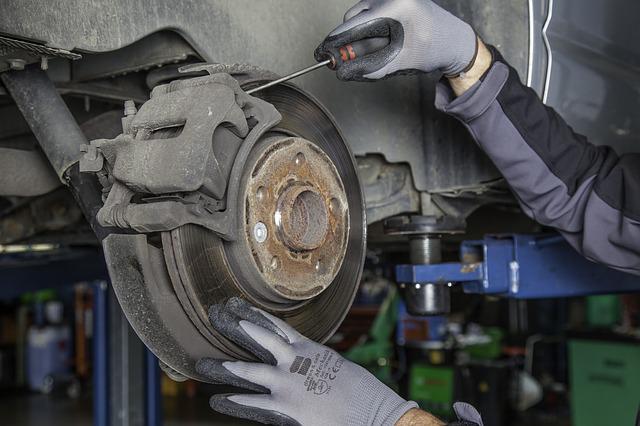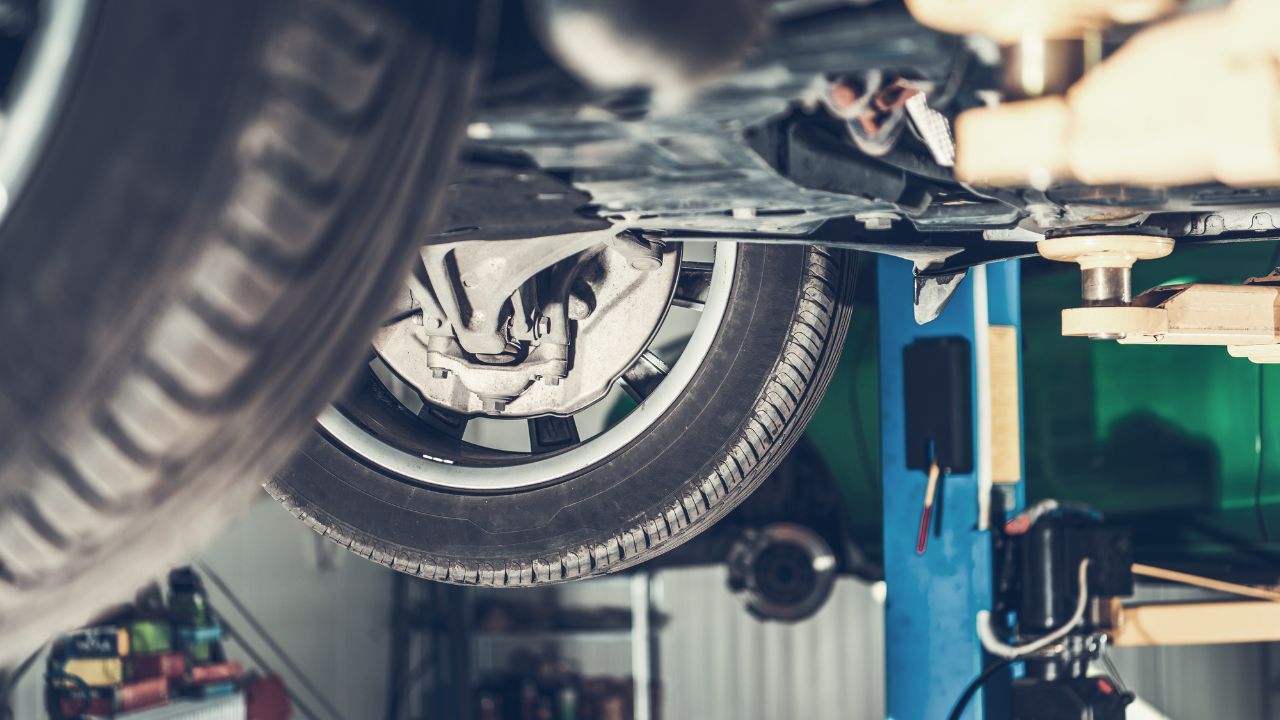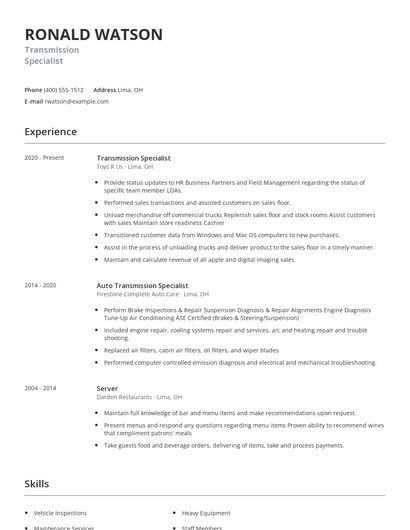
You need to be familiar with several aspects of car battery maintenance. Here are some tips to check and clean your battery. You should clean the terminals of the battery with a dry cloth. Avoid using baking soda as it can cause corrosion. Clean the battery's case, and check the date code. Also, avoid extreme heat. Keep your car in tip-top shape by driving it at least 3 times per week. It might take a little bit of time, but you'll be amazed at the difference between a healthy battery and one that isn't.
Clean battery terminals
First, disconnect the cables from both the positive and the negative terminals of the battery to clean them. Remove the positive and negatively clamps from each battery separately. Some battery cables can be attached to top and side posts with bolts. If you find the terminals are corroded or have excess corrosion, you may need to use metal pliers or another tool. You should thoroughly clean the terminals before connecting the cables again. After cleaning the terminals, apply petroleum jelly or protective grease.
Baking soda and water can be combined to clean out corrosion from your terminals. The solution should be very dilute and should remove heavy corrosion from the battery. Alternatively, you can use a specialized battery terminal cleaner which can be applied with a brush. This type can also be used for battery cables. This method can be used on battery cables, so it is important to wear gloves when performing the task.

Avoid extreme heat
Avoid excessive heat to prolong the life of your car's battery. You can do this by keeping your battery fully charged, storing it in a cool area when not in use, and parking in the shade. In hot weather it is a good idea wash the battery and to test it frequently. Higher electrolyte-to lead ratios are better for batteries made for warmer climates.
Excessive heat can also cause corrosion inside the battery. The resultant corrosion reduces the battery’s ability to hold charge and can lead malfunctioning charging system components. Extreme heat can eventually cause the death of your car's battery. Corrosion can also be accelerated when hot batteries are used. This can greatly reduce the battery’s life expectancy and its capacity. It is best to check the battery regularly to see if there are any signs of corrosion, and to clean it with a copper brush or scouring pad.
Clean battery case
Clean your battery case is a must if you want to maintain your car's battery in top shape. A dirty battery case can cause a variety of problems, including premature drain and cracks or leaks. You can also conceal other damage such as bulges and freezing. Your battery's lifespan will be extended if it is kept clean. These are some ways to keep your battery case clean.
You can remove any traces of corrosion by using a wire brush or an older toothbrush. It is important not to remove any lead or other metals from the terminals. This could cause corrosion. Clean the case thoroughly with warm water. Dry it using a dry rag. To remove any remaining residue, use a cleaning product. After the case has been cleaned, you can apply petroleum jelly to protect it.

Date code
Check the date code on your car's battery for instructions on how to maintain it. Many batteries come with a warranty that states when they need to be replaced. The date code is found on the top of the battery and represents a two-digit number and a letter. The number indicates the month and year the battery expires. If the code indicates "A" and "B", it is important to replace the battery before the warranty expires.
Depending on the manufacturer, car batteries have different date codes on them. Some batteries indicate the date of manufacture, while others have an "inservice” date. The battery date can be confusing and difficult to interpret. A battery with a date code of "2014" on it will likely be manufactured in December 2014. To determine the expiration date of a warranty, manufacturers will also place the date on the battery. It is possible to still use a battery that has been in service for more than two years. However, it may not have the same capacity as when it was brand new.
FAQ
What is the length of an automotive training course?
An automotive course lasts for three years.
The first year is spent on theory, learning all about cars. The second year is spent on practical training where you learn how to drive, fix engines, and do other mechanical jobs around the car. You will spend the final year working in a local garage to gain real-world experience.
How do I fix my vehicle as a hobby?
It's a great hobby to take on if you are passionate about cars. You can repair them, buy their parts, sell them, or just have fun with them. This would be a wonderful hobby if you're looking to find something completely different.
It's difficult to make this a fulltime job. It requires hard work and dedication. You'll also need to invest a lot.
If you don't have any good reasons to be involved in cars, it may be better to just let it go.
What qualifications are required to become a truck mechanic
Although you don't need to have any formal qualifications, your experience working with trucks and engines is invaluable. You are a valuable asset as you can quickly diagnose and solve problems efficiently.
Additionally, you have a solid knowledge of diesel technology that will enable you to determine what parts are necessary to repair our vehicles.
Is it hard to be an apprentice mechanic?
It's not easy, however, it is very rewarding and offers many opportunities for growth.
You must have patience and perseverance. You will also need to be able fix cars, trucks and motorcycles.
Customers and loved ones can place a lot of pressure on you. But you should never feel pressured into making decisions you aren't comfortable with.
If you like fixing cars, this could be a great career option. This is a job that allows you to earn a decent income and grow your business.
You might choose to take a different route. You might consider becoming a technician in this instance.
This means that you can use your technical knowledge to help other workers. Technical support could include helping technicians to troubleshoot issues or teaching them new techniques.
Another option is to become an advisor in service. This is where you can offer advice and assistance to customers who bring their vehicles to a garage.
It all depends on your goals. There are many options, so you can choose the one that suits you best.
Statistics
- The U.S. Bureau of Labor Statistics (BLS) reports that the job outlook for automotive service technicians and mechanics is expected to decline by 4% from 2019 to 2029. (indeed.com)
- 52% of Mechanics in the United States think their salaries are enough for the cost of living in their area. (indeed.com)
- According to the BLS, the median annual salary for automotive service technicians and mechanics in the United States was $44,050 in May 2020. (uti.edu)
External Links
How To
How to diagnose your vehicle properly for repair
First, look at the symptoms of your car to determine if it needs repair. You can then follow these steps for a proper diagnosis of your vehicle.
-
Check engine lights. Inspect the dashboard light indicators. These include the engine lights, the oil pressure gauge and the battery light indicators. The RPM gauge and coolant temperature gauge should also be checked. You may have a problem with your vehicle if any of the indicators are flashing for more than a few days.
-
Check the treads of your tires. Tires that are worn can cause issues with handling and braking. It is also important to inspect the wheel treads. They should be smooth and clean. To do this, remove the wheels and take them out. To check the condition of your treads, use a flashlight.
-
Observe the brake fluid level. You must keep track on the level of brake fluid in your vehicle. This will ensure your brakes function properly. Your brakes may fail if the brake fluid level drops.
-
You should test the suspension system. Vehicles usually have a suspension system that helps absorb shocks and vibrations while driving. This suspension system provides greater control and smoother acceleration and deceleration. If your vehicle has a suspension problem, it might feel wobbly or shake uncontrollably. If you are unsure if your vehicle is suffering from a suspension problem, put weight on the front and rear axles to check the movement.
-
Examine the steering wheel. The steering columns are what connect the steering knob to the rest. Steering columns can be damaged by accidents. Replace it if your steering column feels loose or unsteady.
-
Pay attention to the exhaust pipe. The exhaust pipes transport gases from the combustion chamber to outside. You can let harmful fumes into your home if your exhaust pipes crack or leak. If your tailpipe bends, it is important to fix it immediately.
-
Look under your hood. Take a look underneath the hood to find any strange or unusual items. Leakage of fluids in your engine could indicate that it is leaking. If you smell something strange coming from your engine compartment you should call a professional technician.
-
Make sure to check the air filter. The vehicle's outside environment may cause the air filter to collect dust and debris. Your vehicle will run less well if it has a dirty filter. Replace your air filter regularly.
-
The fan belt should be checked. The fan belt that connects your vehicle to the transmission is called the engine fan belt. If the fanbel breaks, your engine won't turn. It is very easy to replace your belt. You only need a screwdriver or pliers to replace your belt.
-
Make sure you inspect the radiator hoses and hoses. The radiatorhose carries water from your radiator to the engine. It can crack or become damaged and leak hot liquid onto an engine. Repairing the hose is easy with a pair of needlenose pliers or a small wire brush.
-
Be sure to inspect your windshield wipers. Windshield wipers use electricity to clean away snow and rain. If they stop working they could leave streaks behind on your window glass. Simply change the washer oil to fix the problem.
-
The battery cables should be checked. Batteries provide power to electrical systems inside your car. Always disconnect the negative wire before you replace batteries. Failure to do so can damage your alternator.
-
Make sure your headlights are working properly. Headlights help you see the road ahead. If they don't work properly, it can cause poor visibility. You can check the bulbs to make sure they aren't burned out.
-
Pay attention to the lights. Lights warn other drivers when you approach them at night. It could cause distraction and even lead to an accident if it doesn't work.
-
Inspect your brakes. Before you get in a car accident, your brakes will be slowing down your vehicle. If your brakes aren't working properly, you may lose control and crash into other cars.
-
Change the oil. Oil keeps your engine lubricated. It helps keep metal parts from getting too worn down. Changing the oil every month is recommended.